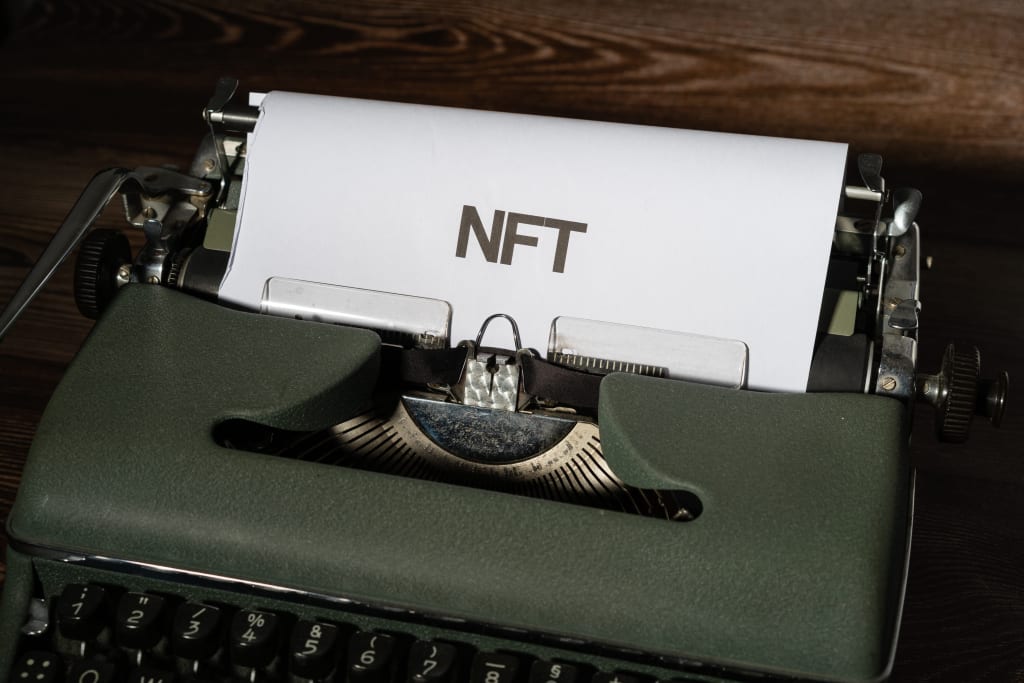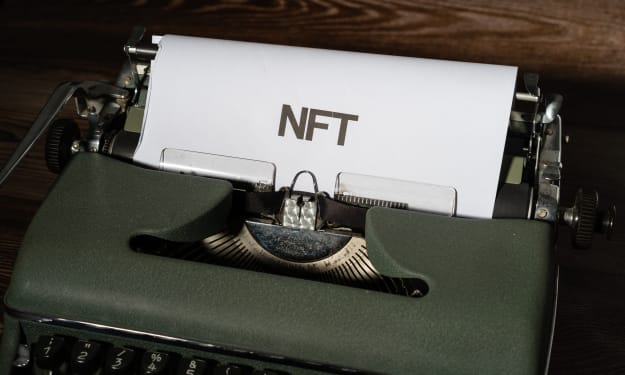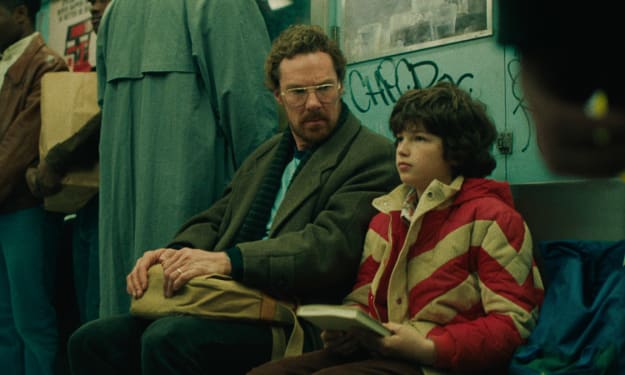NFTs and Social Justice: How Digital Art is Being Used to Support Marginalized Communities
A Revolutionary Approach to Art and Activism

In recent years, the art world has undergone a significant transformation with the rise of Non-Fungible Tokens (NFTs). NFTs have provided artists with a new avenue to monetize their digital creations while also revolutionizing the way art is collected and sold. However, NFTs have also sparked a new wave of social activism, as artists and collectors are using this new technology to support marginalized communities and amplify important messages. In this article, we will explore the intersection of NFTs and social justice and examine how digital art is being used to support those who need it most.
NFTs are unique digital assets that are stored on a blockchain, allowing for the creation and sale of unique, one-of-a-kind digital art pieces. NFTs have become incredibly popular among artists, musicians, and other creators, who have used this technology to monetize their work in ways that were previously impossible. However, NFTs are not just about making money - they are also being used as a tool for social change.
One way that NFTs are being used for social justice is by supporting marginalized communities. Many artists and collectors are using NFTs to create and sell digital art pieces that benefit social justice causes, such as Black Lives Matter, LGBTQ+ rights, and environmental activism. For example, the artist Mad Dog Jones recently sold an NFT titled "FREEDOM" for $4.1 million, with a portion of the proceeds going to the ACLU's racial justice program. This is just one example of how NFTs are being used to support social justice causes.
Another way that NFTs are being used for social justice is by creating digital art pieces that raise awareness about important issues. For example, the artist Krista Kim recently created an NFT titled "Mars House," which is a virtual reality house that exists solely as an NFT. The piece was sold for $500,000, and a portion of the proceeds went to the environmental organization One Earth. The piece is meant to raise awareness about the impact of climate change on the planet and the importance of sustainability.
NFTs are also being used as a tool for empowerment, allowing marginalized communities to take control of their own narratives and tell their own stories. For example, the artist Trevor Jones recently created an NFT series called "The Fu** the System Collection," which is a series of digital portraits of people who have been marginalized by the system. The series is meant to raise awareness about the impact of systemic oppression on individuals and communities, and a portion of the proceeds from the sales went to organizations that support marginalized communities.
In addition to supporting social justice causes, NFTs are also being used to create new opportunities for artists and creators who have been historically excluded from traditional art markets. For example, NFTs are providing a new platform for artists of color, women, and LGBTQ+ artists to showcase their work and gain recognition in the art world. This is especially important given the historical underrepresentation of these groups in traditional art markets.
However, as with any new technology, there are also concerns about the potential drawbacks of NFTs. Some critics have pointed out the environmental impact of NFTs, as the process of creating and selling NFTs requires a significant amount of energy. Additionally, there are concerns about the potential for fraud and the lack of regulation in the NFT market.
Despite these concerns, NFTs have the potential to be a powerful tool for social change and activism. By supporting marginalized communities, raising awareness about important issues, and empowering underrepresented artists, NFTs are revolutionizing the way we think about art and activism. NFTs have opened up new possibilities for artists and collectors to support social justice causes, and they have provided a platform for marginalized communities to share their stories and experiences.
Moving forward, it is important for the NFT community to prioritize ethical considerations and ensure that the benefits of this technology are accessible to all. This includes addressing the environmental impact of NFTs and ensuring that marginalized communities have access to the resources and opportunities needed to succeed in the NFT market.
In conclusion, NFTs are not just about digital art and making money - they are also a tool for social change and activism. By supporting social justice causes, raising awareness about important issues, and empowering underrepresented artists, NFTs are changing the way we think about the intersection of art and activism. As this technology continues to evolve, it is important to ensure that its benefits are accessible to all and that it is used in ways that promote social justice and equality.
About the Creator
Balla Adorján
As a writer, I understand the importance of tailoring my writing style to suit the needs of the specific project, whether that be a formal academic article or a fun and lighthearted blog post.
Enjoyed the story? Support the Creator.
Subscribe for free to receive all their stories in your feed. You could also pledge your support or give them a one-off tip, letting them know you appreciate their work.






Comments
There are no comments for this story
Be the first to respond and start the conversation.